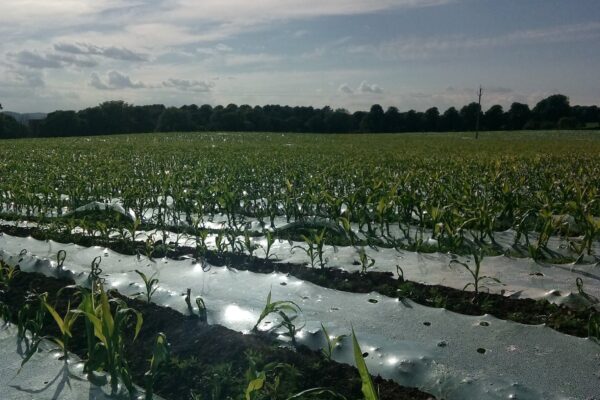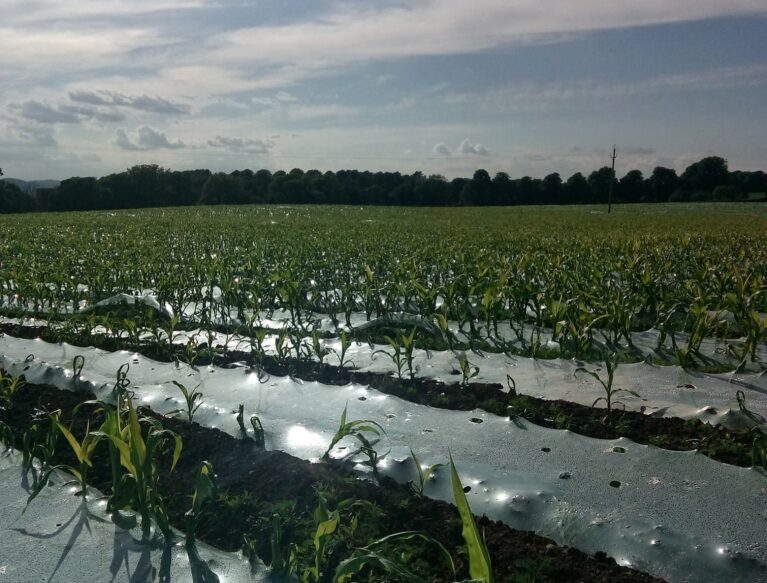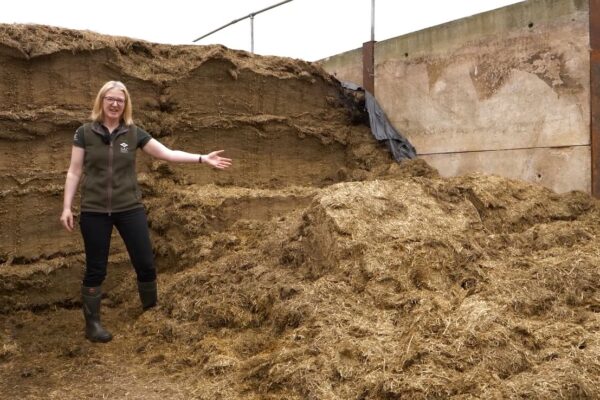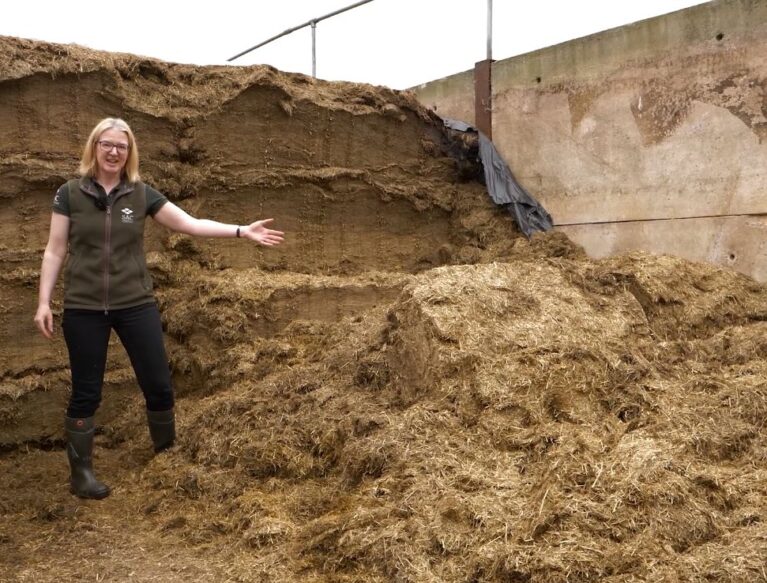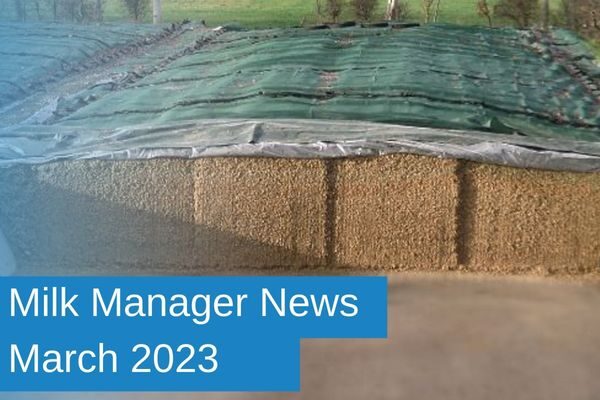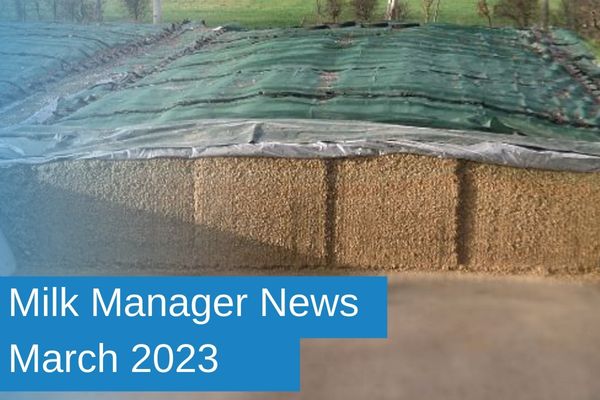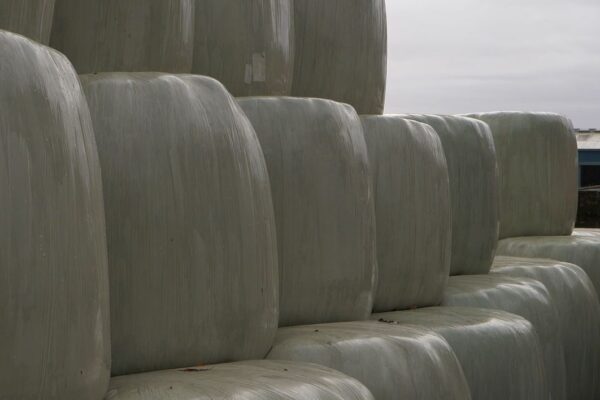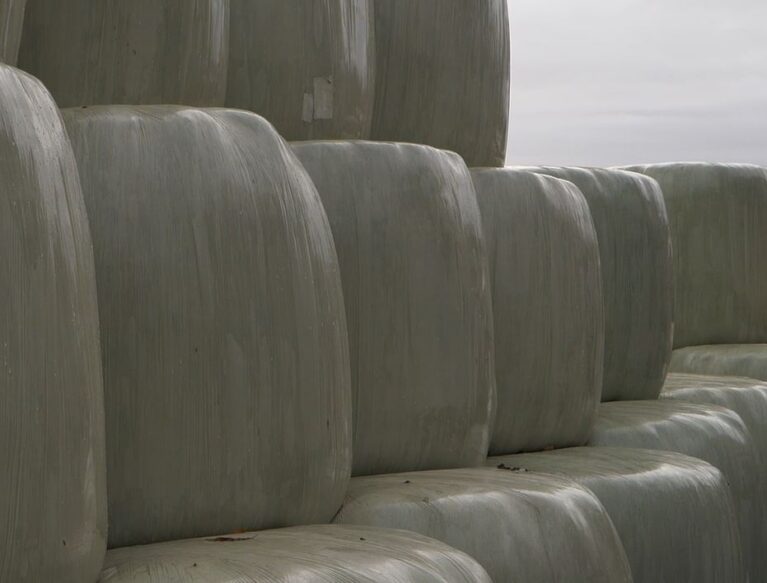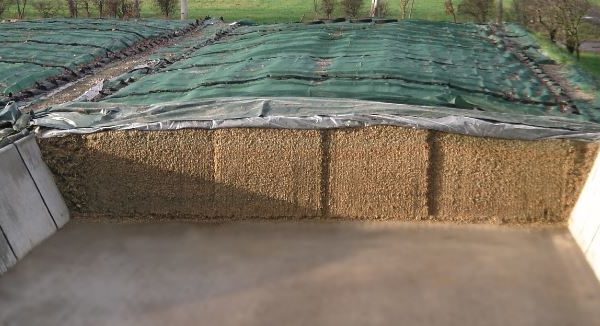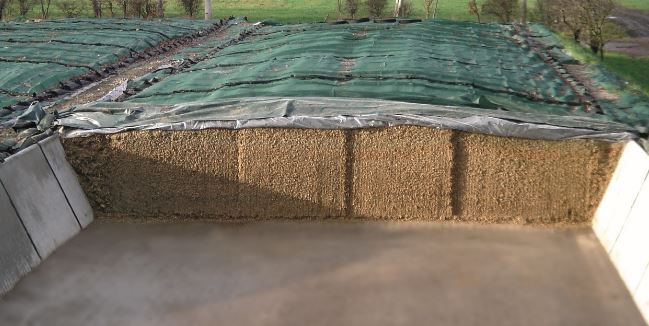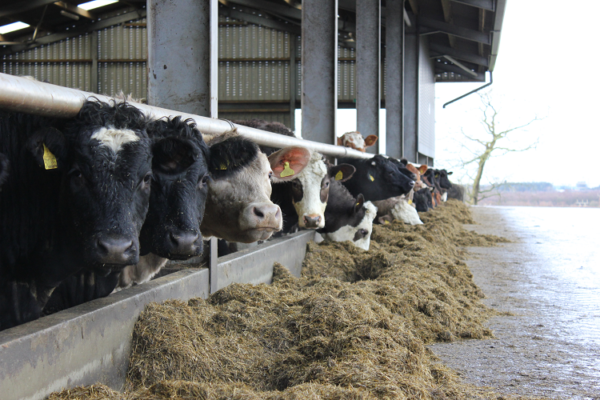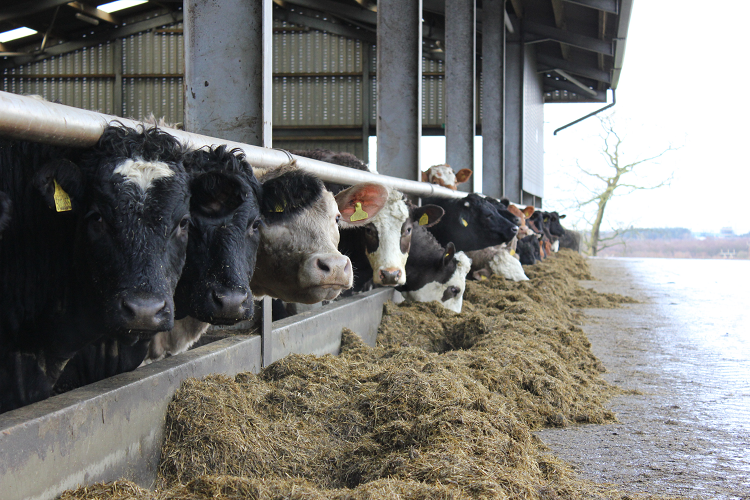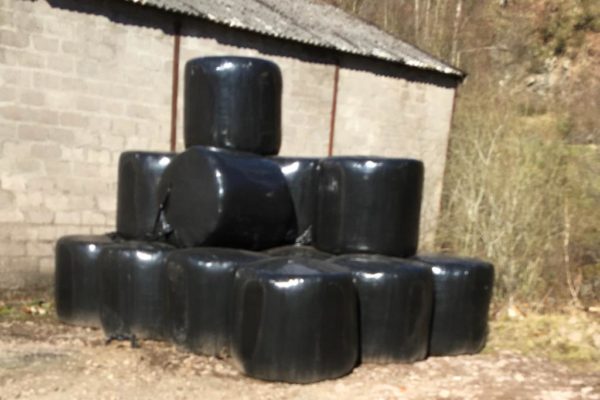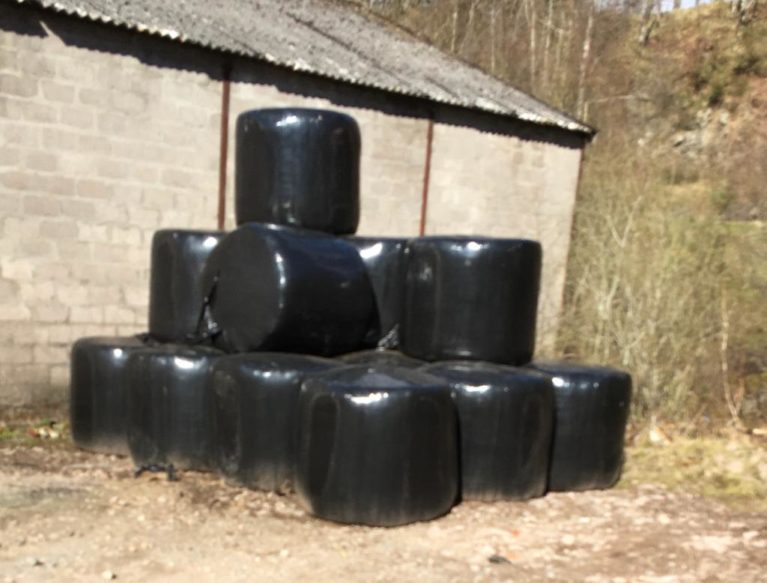Silage [DA.FF.S]
Considerations for Growing Maize Silage
In southwest Scotland in particular we are hearing of an increased area of maize being planned for the 2024 season. This is predominantly due to the low availability of other…
Read More >Minimising Dry Matter Losses in Clamped Silage
Dry matter (nutrient) losses from clamped silage can be on average 25%, representing a significant amount of feed value disappearing between cutting the grass and feeding the silage out to…
Read More >Milk Manager News March 2023 – Preventing Silage Slippage This Season
There are many risk factors associated with slippage of silage clamps, which can cause significant spoilage of silage around the area of slippage. The result is poorer quality silage and…
Read More >Silage Clinic – Key Messages
Making quality silage – what are the key influencing factors? Tips for making quality silage and minimising nutritional losses were discussed at a recent FAS event at the James Hutton…
Read More >Maximising Silage Quality
As silage time is just about upon us, it is worth thinking about the key steps in the silage making process to maximise nutritional quality and minimise nutrient losses as…
Read More >A Guide to Feed Budgeting
Forward planning forage supplies helps understand whether you will have enough conserved forage to meet the livestock demand – this is becoming more critical as weather is fluctuating more from…
Read More >Best Practice Procedures For Making Baled Silage
There are a number of important steps during the silage making process which can influence nutritional of the end product, impacting on livestock performance and cost of production. This factsheet gives advice on when to cut grass for silage, how long to wilt for, use of additives and handling and storage of bales. Environmental considerations of baled silage are also discussed including forage budgeting and type and amount of plastic used.
Read More >
